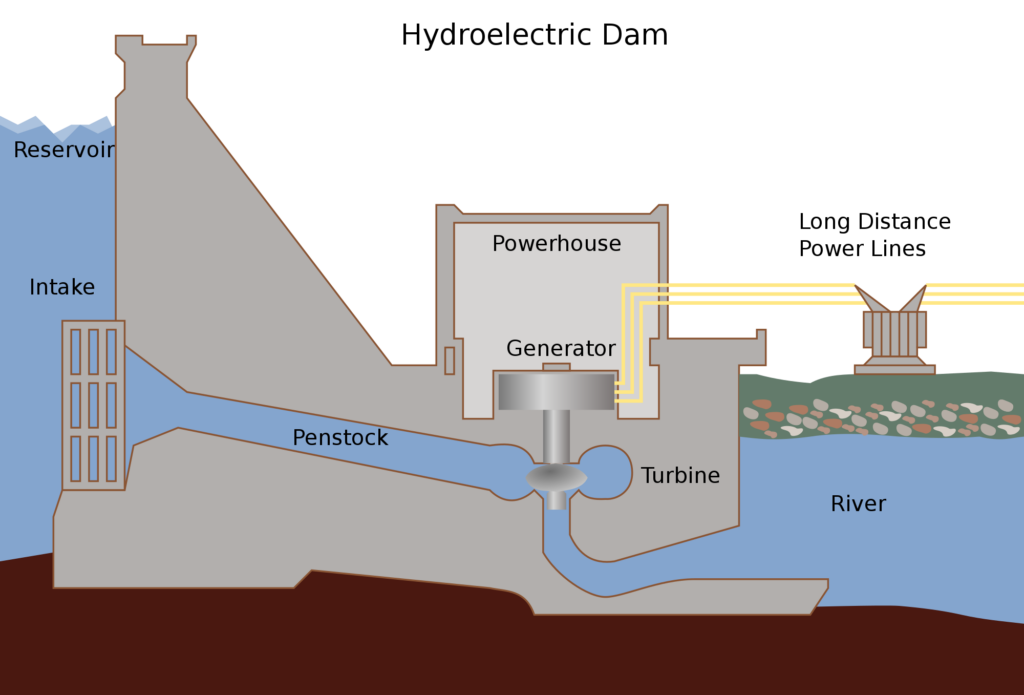Blog 5: Letter To The Editor
ByDear Editor, this is a letter I’m writing to you about why I think hydroelectric dams should be put into Brant Waterways.
Hydroelectric Dams in Brant Waterways
Water is a force of nature; it shapes landscapes and sustains life. No wonder humans have used the power of water for many things, including generating electricity. Hydroelectric dams have been shown to be a reliable and renewable source of energy, but there is a question we ask: should we be putting them in brant waterways? In this blog post, I will explore the benefits of hydroelectric dams in brant waterways. Hydroelectric power is one of the cleanest and most sustainable sources of energy available. Unlike fossil fuels, which contribute to greenhouse gases and climate change, hydroelectric dams produce zero direct emissions. By using the currents of brant waterways, we can generate electricity without relying on resources or damaging the environment. Hydroelectric power provides a reliable source of energy. Unlike solar or wind power, which are dependent on weather conditions, water flows can be managed and controlled, making a steady supply of electricity. This stability makes hydroelectric power a good option for meeting the energy demands of communities and industries.
Environmental Effects
Dams can alter the flow of water, which could impact aquatic ecosystems and wildlife habitats. But, with careful planning, these impacts can be minimized. To preserve biodiversity, dam projects should include fish passage systems, like fish ladders or bypass channels, letting fish navigate around the dams and continue their natural life cycles.
Community Engagement
Hydroelectric dams in brant waterways involve lots of community engagement. Local communities, indigenous groups, and environmental organizations should be part of the process, making sure that their concerns, perspectives, and traditional knowledge are considered. Community involvement can lead to better project designs, and sharing of benefits. By using local communities in the planning, projects can promote sustainable development, create job opportunities, and support local economies.
Conclusion:
Harnessing the power of brant waterways through hydroelectric dams offers a tremendous opportunity to generate clean and renewable energy. With careful planning, and community engagement, the challenges can be addressed, and the benefits can be maximized. The global transition towards sustainable energy sources, we have to consider the long-term effects of our choices. Hydroelectric dams in brant waterways can contribute to a greener future while keeping the delicate balance of ecosystems and the needs of local communities can achieve a bond between energy generation, environmental preservation, and community well-being. The future of hydroelectric power lies not only in its ability to produce electricity but also in its potential to drive positive change, ensuring a sustainable and thriving planet for generations to come.
That is why I believe hydroelectric dams should be built in brant waterways.
Logan Fulsom.

